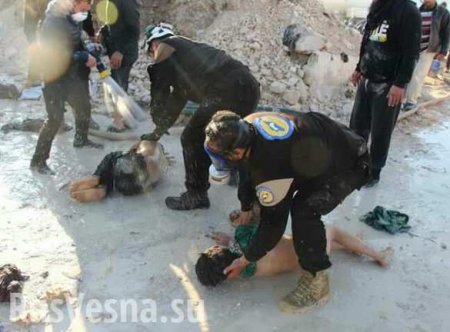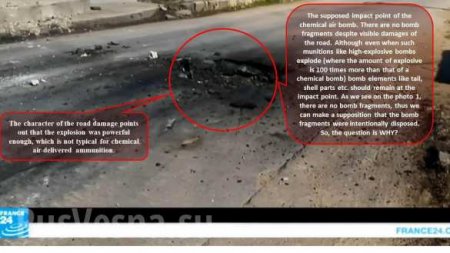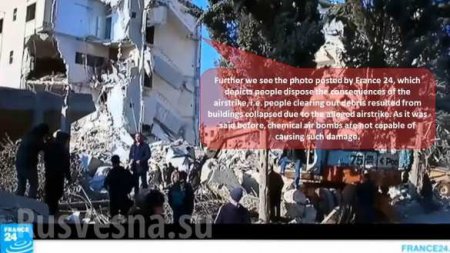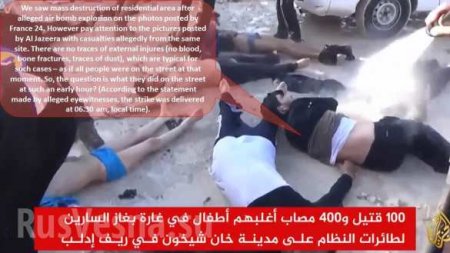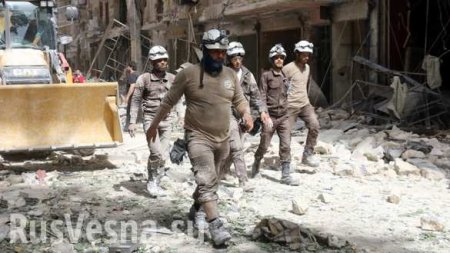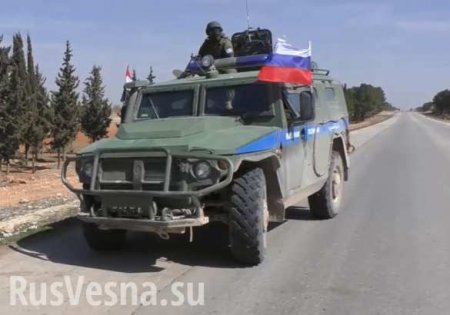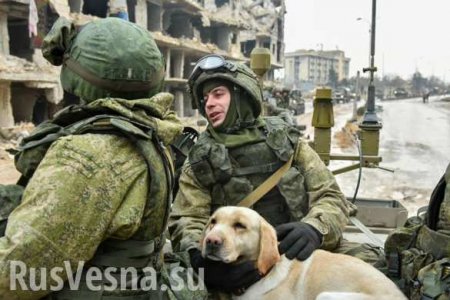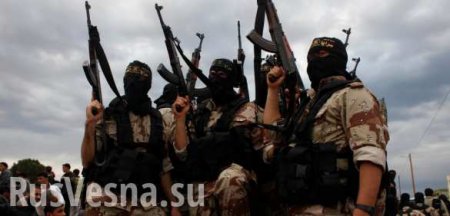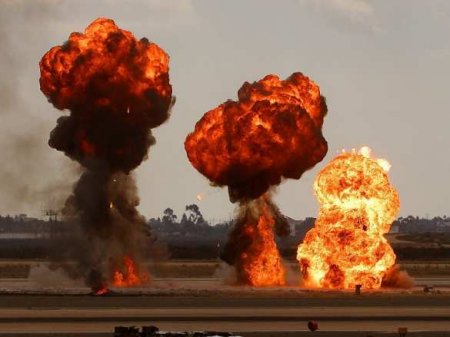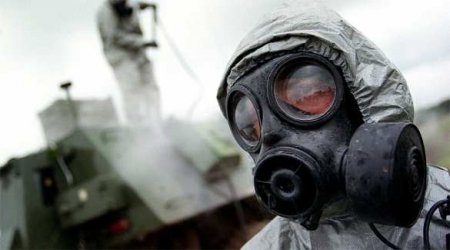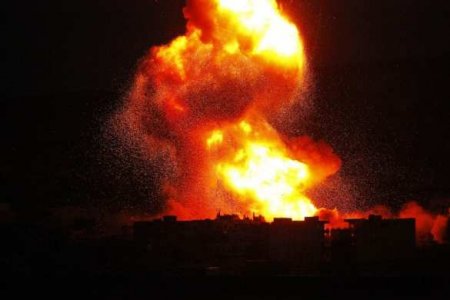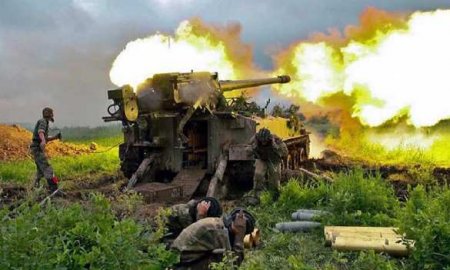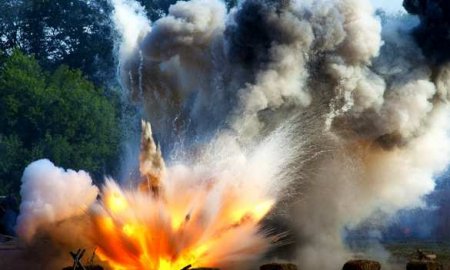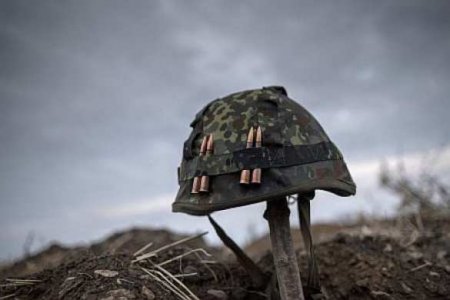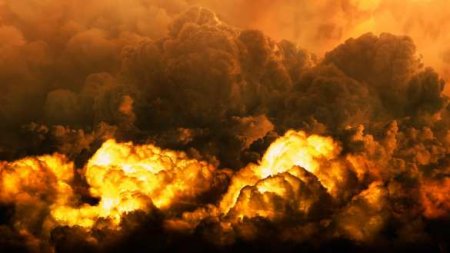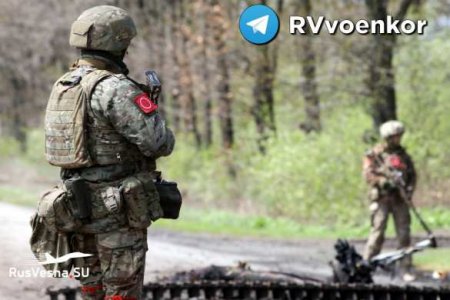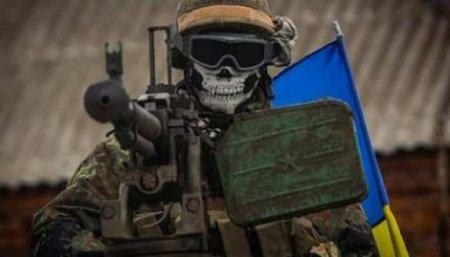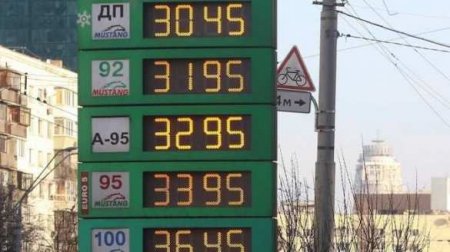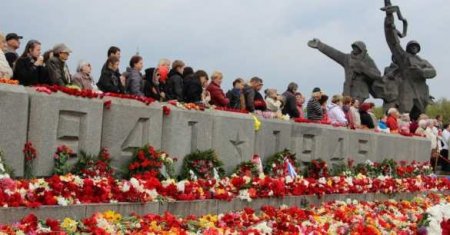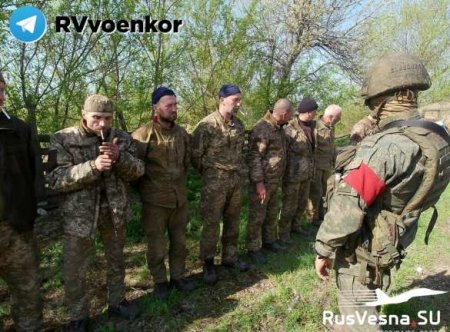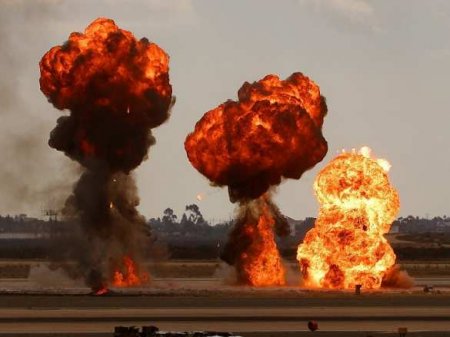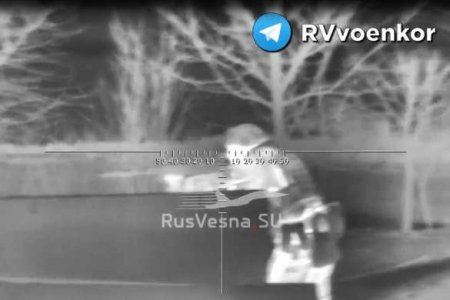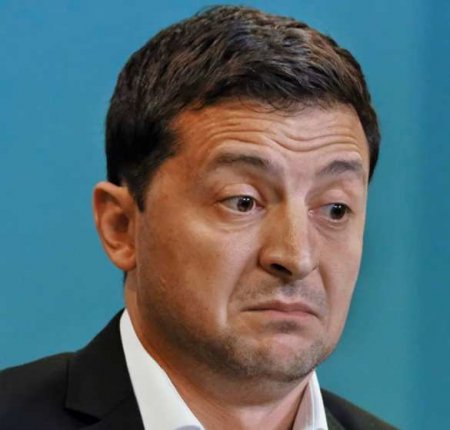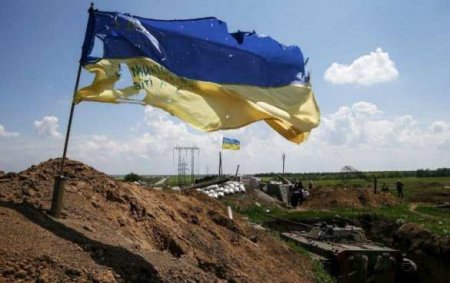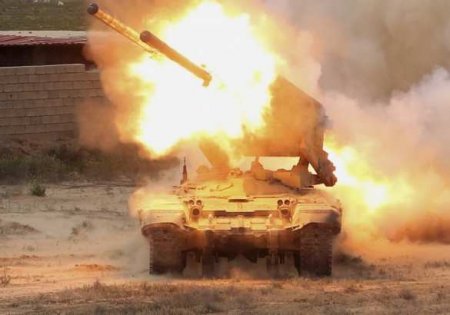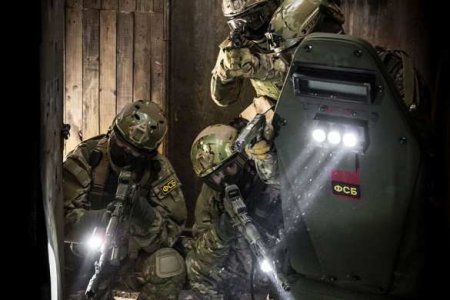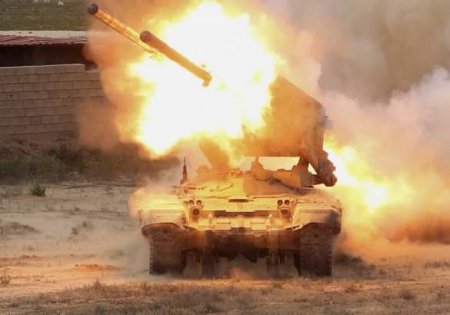Chemical Attack in Syria: A Thumping Big Lie, Which Could Lead to the Third World War (PHOTO)
On Tuesday, Western media outlets with reference to the Syrian Observatory for Human Rights reported that a chemical attack by Syrian or Russian Air Force in Idlib province killed 58 people, including 11 children.
US leaders made several highlight declarations threatening Bashar al-Assad that they were preparing a response to the suspected chemical attack and having started forming an international coalition to remove the legal president of Syria from power.
With such threats, Washington is preparing aggression against Syria and starting serious escalation of the international conflict against Russia and Iran who support Damascus.
The basis of the accusations is the statement of anti-Syria propagandists who have claimed that ‘toxic gas’ sarin was used.
«RusVesna» interviewed a military expert on chemical weapon and asked him to comment on the ‘on-the-spot’ video footage published by top world media agencies.
Chemical and High Explosive Bombs: Differences and Footage of France 24
«First and foremost, let’s explain the differences between a munition with chemical agent and a high explosive fragmentation munition (the primary air-delivered ammunition used by Russian Aerospace Forces or Syrian Air Forces).
Let’s skip the characteristics of size, weight etc. and discuss the most important things. The weight of explosive of the two munitions is different.
At average, a high explosive fragmentation bomb (depending on the modification) carries from 100 to 250 kilograms of explosive, and it is designed to destroy various enemy installations (fortifications, concentrations of equipment and personnel).
Meanwhile, a chemical air bomb contains the minimum of explosive (100 to 500 grams), which is not capable of inflicting serious damage on the ground but capable of destroying the bomb shell only to liberate the toxic gas. Small amount of explosive in a chemical munition is attributed to the fact that a heavy explosion (in addition — concurrent thermal reaction) can plainly destroy the chemical agent thus nullifying the effectiveness of that weapon.
Now let’s scrutinize the footage taken at the suspected chemical air bombardment site in Khan Shaykhun (official reports of France 24 and Al Jazeera).
«As we can see, the consequences of the alleged bombardment, especially mass destruction of houses and roads, do not correspond to chemical air-delivered bombs’ characteristics, which merely could not inflict these damages».
However, the fact of using high explosive fragmentation and other ammunition of the same type do not fit the fact that the injured people have no traces of injuries.
Thus, it could deny the fact of bombarding the residential area by conventional weapons.
Now, the facts denying the concept of using chemical air bombs by Syrian Army
The first nuance involves the triggering mechanism of air bombs with toxic gas. This ammunition detonates at the altitude of 30 to 60 meters over ground so that the chemical agent coverage area is wider.
From this, the second nuance follows which are the characteristics of chemical air-delivered bomb. These bombs are not loaded by war gases like sarin. The reason is simple. Sarin is extremely non-persistent gas which may either fail to reach the target or lose its effectiveness. That is why chemical air bombs were previously loaded with more persistent toxic substances.
Referencing to information above it is possible to make a conclusion that the accusations by media and some members of the UN Security Council that the pro-government forces allegedly have launched chemical attack on Khan Shaykhun are at least baseless and premature.
Photo 1: The character of the road damage points out that the explosion was powerful enough, which is not typical for chemical air-delivered ammunition.
The supposed impact point of the chemical air bomb. There are no bomb fragments despite visible damages of the road. Although even when such munitions like high-explosive bombs explode (where the amount of explosive is 100 times more than that of a chemical bomb) bomb elements like tail, shell parts etc. should remain at the impact point. As we see on the photo 1, there are no bomb fragments, thus we can make a supposition that the bomb fragments were intentionally disposed. So, the question is WHY?
Photo 2: Further we see the photo posted by France 24, which depicts people dispose the consequences of the airstrike, i.e. people clearing out debris resulted from buildings collapsed due to the alleged airstrike. As it was said before, chemical air bombs are not capable of causing such damage.
Photo 3: We saw mass destruction of residential area after alleged air bomb explosion on the photos posted by France 24. However pay attention to the pictures posted by Al Jazeera with casualties allegedly from the same site. There are no traces of external injures (no blood, bone fractures, traces of dust), which are typical for such cases — as if all people were on the street at that moment. So, the question is what they did on the street at such an early hour? (According to the statement made by alleged eyewitnesses, the strike was delivered at 06.30 am, local time).
Tags:
// -->
Источник - Русская весна

